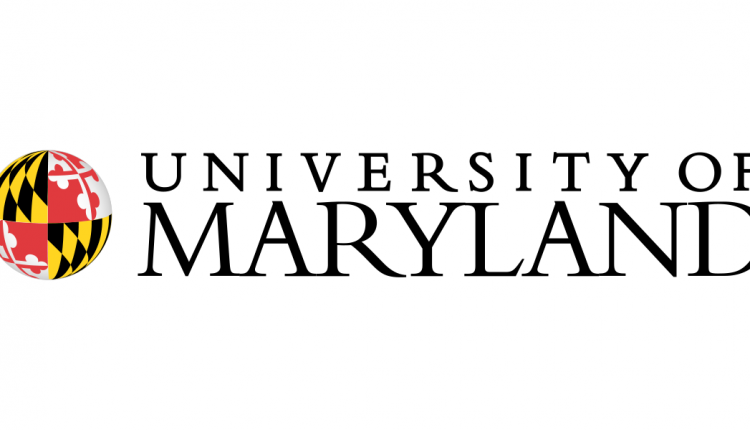University of Maryland: You’re Not Imagining It’s Harder to Learn About Local Candidates
With wild races like Dr. Oz vs. John Fetterman and Herschel Walker vs. Raphael Warnock splashed across newspaper headlines, tweets and Instagram posts, it can feel like U.S. Senate and House contests are sucking up most of the media’s oxygen as the 2022 midterm election approaches.
But local elections, the ones that generally fly under the radar, can have a greater impact on day-to-day life than campaigns for federal seats. School board, city council, county executive—these races were once the bread and butter of local news outlets.
It’s gotten harder for voters to get and stay informed about these races as the traditional media industry has dramatically shrunk: More than 360 newspapers nationwide closed between late 2019 and this past June, while those that remain have had to reduce delivery or cut their staffs.
Jerry Zremski, a former longtime reporter for The Buffalo News, is inspired by innovations to prevent more news deserts from and re-imagine how readers can keep up with news in their neighborhood. Zremski, who now heads the new Local News Network at UMD’s Philip Merrill College of Journalism, part of the college’s Capital News Service, which recently published a guide to Maryland board of education candidates. (He also points to the League of Women Voters’ voting guides as a reliable source.)
Zremski talked with Maryland Today about the consequences to voters of smaller newsrooms, the impact of social media on campaigning strategies and why he has hope for the future of local politics coverage. Here are a few of his key takeaways.
On the pressing need for local news in a time of ever-widening divides:
“Over the summer, as I settled into my job here, I had conversations with editors and news directors from all around the state. Some of the local news editors didn’t have the bandwidth to do in-depth coverage of school board races anymore, at a time when school board races are much more contentious than they have been maybe ever, given the fact that there are a lot of candidates now who have concerns over the potential teaching of critical race theory, books in libraries and a lot more. That’s a very good example of the difficulty local news outlets are facing, thanks to shorter staffing.”
On the echo chamber created by a lack of in-person town halls or forums:
“What I’m afraid you might have happening is candidates talking to their own most likely voters. Candidates more often these days tend to have tele-town halls, where they’ll talk to whoever they want on their mailing list, but that’s not the same as being in a public meeting where you’re going to meet people who agree with you and people who do not.”
On bypassing journalistic scrutiny via social media:
“Honestly, I wonder if candidates want that objective intermediary (of journalism). One thing that has happened over time is that candidates have interacted less with journalists. It used to be that they felt they needed to get their message out through mainstream media, but with the advent of social media that seems to me to be less and less the case, unfortunately. So what you end up getting are candidates who want to do their Facebook, their Twitter, their mailing list and their Instagram, and they may be very reluctant to actually sit down for an interview. Is this good for America? I don’t think so. I think it’s good for any politician to be challenged, to be questioned. That really contributes to the public debate.”
On his optimism about the future of local news:
“It shouldn’t be said that local news no longer exists. It does, and there are entrepreneurial efforts like The Baltimore Banner and The Bowie Sun that provide local coverage. Despite all of the concern about the future of local news, it’s almost as if local news is having a moment right now. There are plenty of efforts to try to revitalize local news (at universities)—Montclair State in New Jersey has an effort that does very good work for the state, Elon University in North Carolina has an effort as well. There are news collaboratives developing and growing all over the country that team news organizations together to do better work than they could on their own.”

